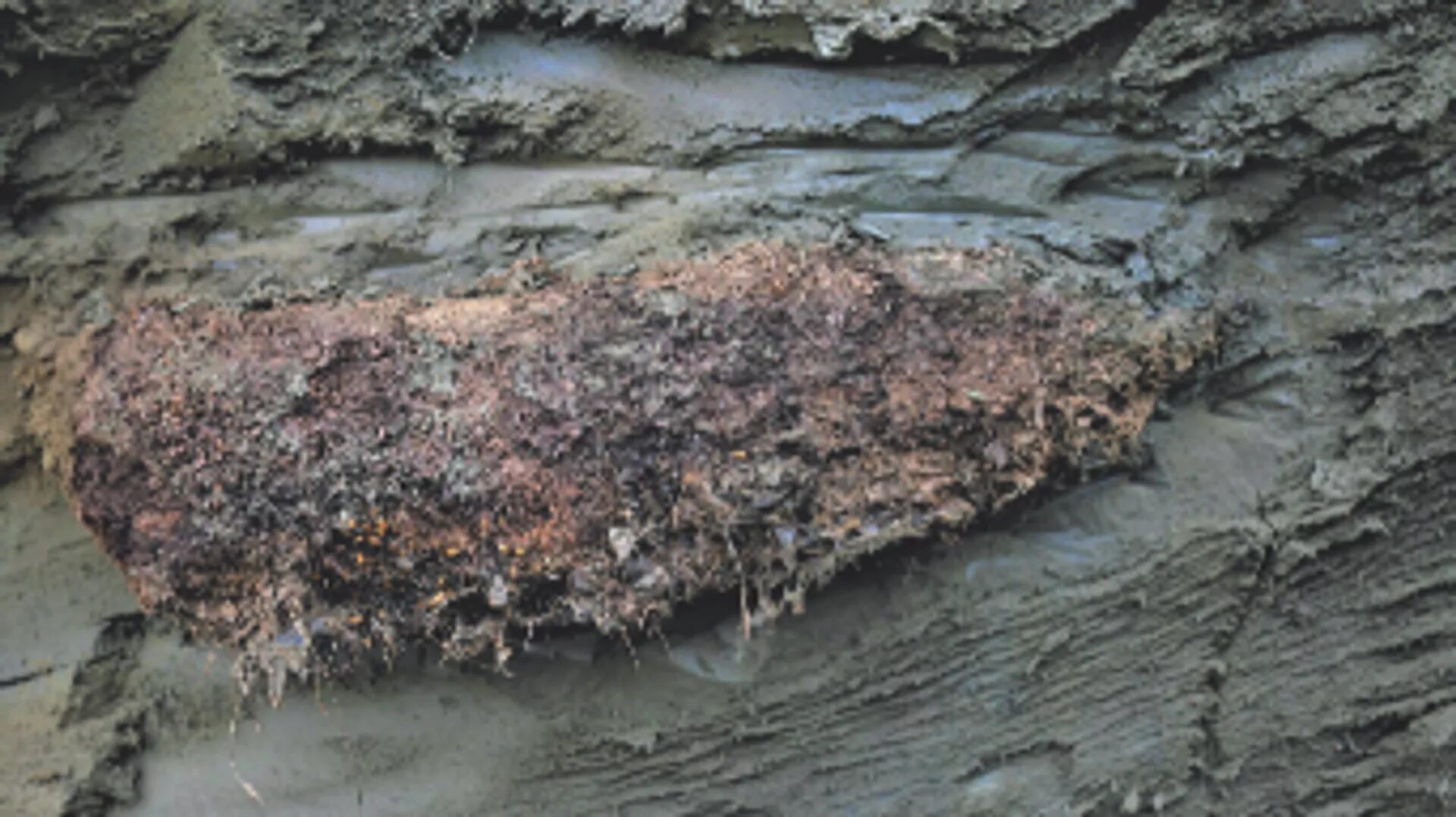
Ancient 46,000-year-old roundworms from the Siberian permafrost called nematodes have been successfully revived by scientists. The discovery also revealed that the worm belongs to a new (or, in fact, old) species of nematode.
This remarkable revival serves a practical purpose beyond its "wow" factor. Scientists are interested in studying how these creatures enter a state of dormancy to survive extreme conditions.
Comment:
Understanding the molecular mechanisms behind this process could provide insights into how animals adapt to changing environments amid global warming and shifting weather patterns, potentially aiding in the conservation of current species.
"We need to know how species adapted to the extreme through evolution to maybe help species alive today and humans as well," Philipp Schiffer, group leader at the Institute for Zoology at the University of Cologne and one of the authors of the study, told US media.
Previous instances of resurrecting ancient organisms include viable crustaceans and microscopic animals, known as bdelloid rotifers, from the Siberian permafrost. However, this roundworm sets a new dormancy record, surviving tens of thousands of years in suspended animation. The species was embedded in frozen soil retrieved from a gopher hole around 130 feet below the surface, and radiocarbon dating estimated its age to be approximately 46,000 years.
The process of reviving these ancient nematodes involves thawing the soil carefully to avoid harming them and then allowing them to eat bacteria and reproduce in a lab dish. Surprisingly, this particular nematode species reproduces without a mate through a process called parthenogenesis.
Researchers are intrigued not only by the age of the specimen but also by the mechanisms that allow it to enter a state of dormancy. They found that preconditioning the nematodes with mildly desiccating conditions before freezing helps them survive better. During this process, the worms produce a sugar called trehalose, which may protect their DNA, cells, and proteins from degradation.
The scientists are continuing their efforts to understand the proteins involved in the desiccation tolerance of these ancient nematodes. Moreover, they are curious about the potential limits on how long an organism can survive before being resurrected, which could have significant implications for evolution and the concept of extinction.
Despite their typically short lifespan of one to two months, these revived nematodes have demonstrated an astonishing ability to extend their existence across centuries or even millennia.
The study was published in the journal PLOS Genetics.



Science and it's attentions are becoming more Frankenstein in nature as against the pursuits of knowledge.